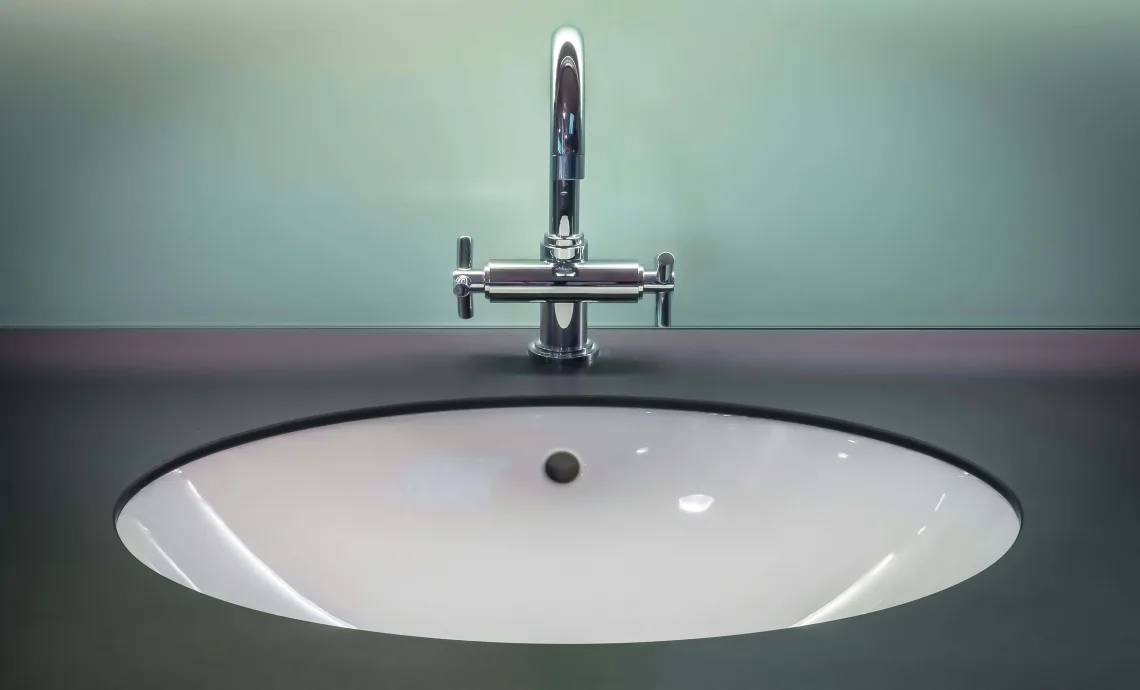
Clogged sink? Before calling a plumber, try these four effective methods to clear your sink quickly and affordably.
There’s never a good time to deal with a clogged sink, whether it’s in the kitchen or bathroom. Clogs are inconvenient, unsightly, and can even lead to unpleasant odours or unhygienic conditions.
While you may think calling a plumber is the only option, there are a few DIY methods you can try before making that call. At HandyExperts, we’ve compiled four effective ways to unclog a sink, ranked from the simplest to the most complex.
One of the easiest and most accessible methods to unclog a sink is by pouring boiling water down the drain. Boiling water can break down soap scum, grease, or minor blockages. However, be cautious if your home has PVC or plastic pipes, as these can warp or be damaged by excessive heat.
Steps:
Note: If your pipes can handle it (check with your plumber), this is an easy, no-cost fix that often works for minor blockages.
If boiling water doesn't work, a natural and effective method is combining baking soda and white vinegar. This reaction helps to dislodge debris that may be clogging your sink. It's great for breaking down grease or small blockages, but might not be effective for more stubborn clogs.
Steps:
Tip: Make sure the sink is free from standing water before starting. You can use a wet vacuum to remove excess water for better results.
If the first two methods don’t work, it’s time to reach for the plunger. A plunger creates suction that can help dislodge stubborn clogs by forcing water through the blockage. Whether in the kitchen or bathroom, plungers are a handy tool for dealing with clogged sinks.
Steps:
Quick Tip: If using a plunger that's also used for toilets, give the sink a thorough cleaning afterward to prevent cross-contamination.
If the clog is deep in the pipes or too stubborn for the plunger, you’ll need a drain snake. This tool, also called a plumber's snake, allows you to reach into the pipes to either break apart the clog or pull it out.
Steps:
Pro Tip: If you're not comfortable using a drain snake, or if the clog persists, it may be time to call in the pros.
For severe clogs, some people may consider removing and cleaning the P-trap (the curved pipe under your sink). While this can work, it’s not recommended for DIY beginners. If the P-trap isn’t reassembled correctly, you could risk water leaks or the release of harmful sewer gases.
If snaking the drain doesn’t solve the problem, it’s time to bring in a professional plumber to handle the job safely.
Chemical drain cleaners are readily available and might seem like a quick fix, but they can do more harm than good in the long term. Over time, these chemicals can corrode your pipes, leading to costly repairs. Most professionals, including us at HandyExperts, recommend avoiding chemical cleaners and opting for the safer, mechanical methods listed above.
If your sink is clogged, there are plenty of methods you can try before calling in the experts. Start with boiling water and baking soda/vinegar, move on to a plunger, and finish with a drain snake if needed. If the clog persists, don’t hesitate to contact a professional plumber.
At HandyExperts, we’re always ready to help with any plumbing issues you might encounter. Don’t risk further damage—if your clog won’t budge, give us a call!
< Back to blog list
Use the form to request your callback and we'll come back to you straight away.

Put your contact details into the form along with anything you'd like to share with us about the job.

Our office experts will check the details and call you back with prices and availability.

If it sounds good and you like your trade services hassle-free & fully managed then we're ready to book you in!